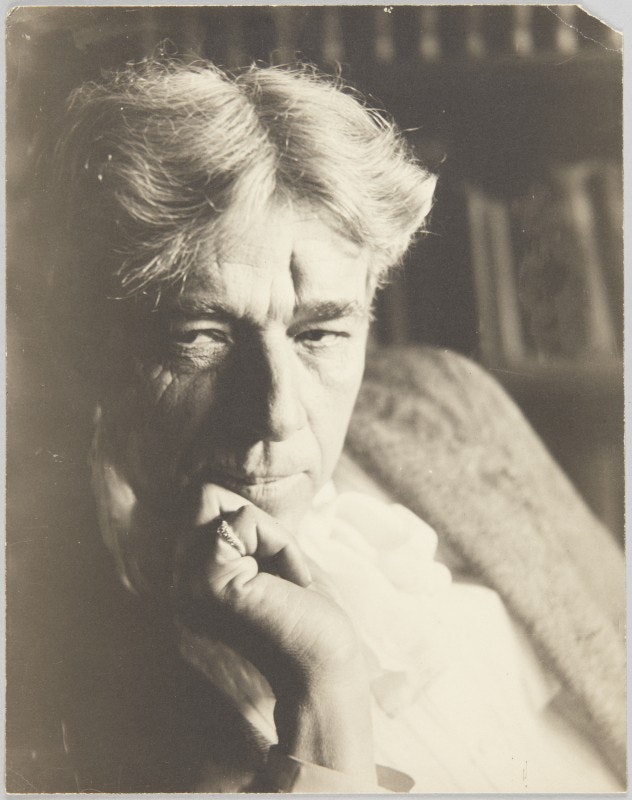The Arts and Crafts movement is, of course, the overriding link between socialism (whether in the form of Morris’s Socialist League or the Fabian Society) and the striving to make photography a medium of aesthetic expression widely available to amateur practitioners. Both in terms of style (the hand-made, the beautiful and ideal form, the transformation of everyday objects into harmonious compositions, the rejection of glossy, mass-produced commercial prints) and content (the domestic interior filled with loving mothers and freely playing children, the celebration of natural nudity and pre-industrial simple living), Pictorialist photographs reflect the ideals of Arts and Crafts. This is not news, but what seems to have been forgotten (and certainly Keller ignores it) is that the adherents of this movement were motivated to change the mode of production to change society. Prior to World War I, Pictorialism was the new style (like Jugendstil or Art nouveau), and it was seen as part of a utopian attempt to remake American, materialistic society into something more transcendent, spiritual, communal, and authentic.

